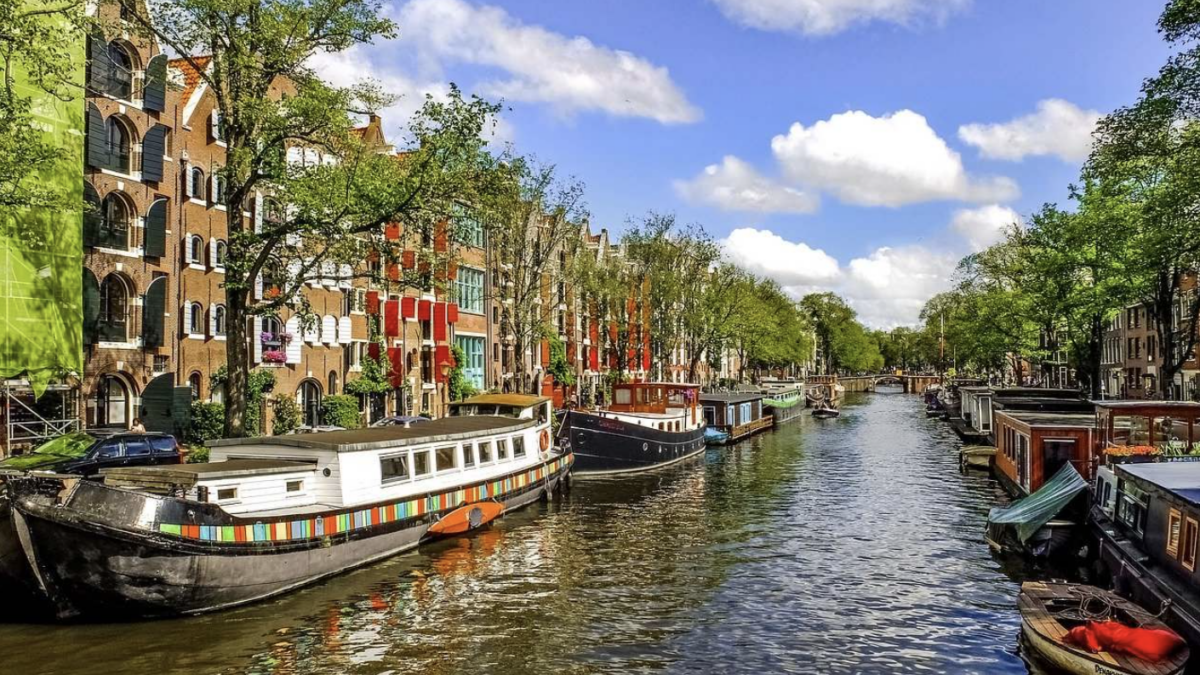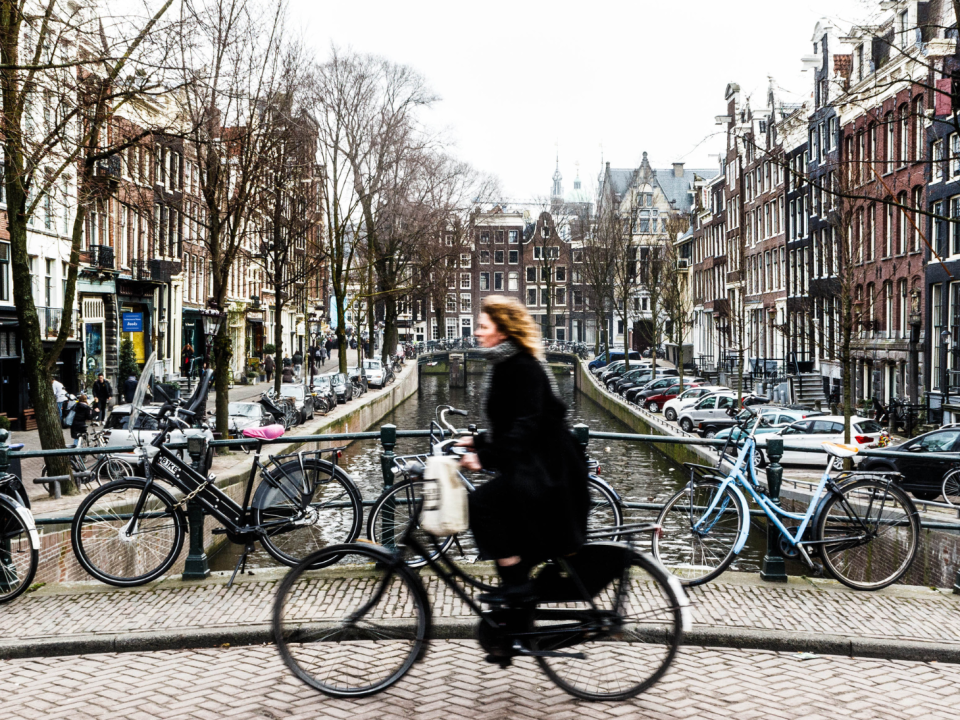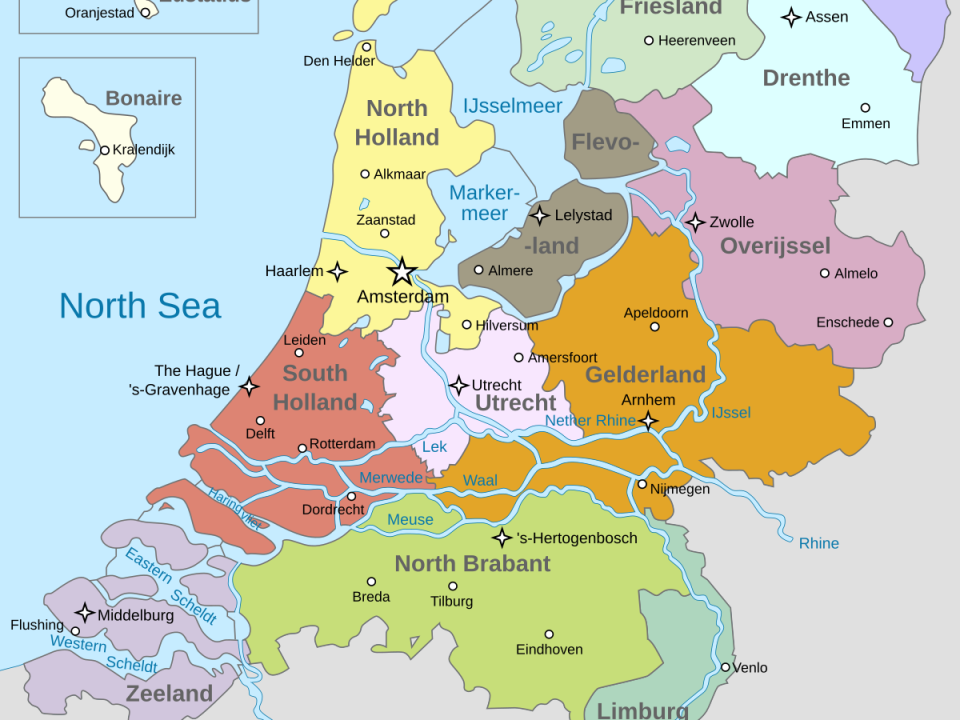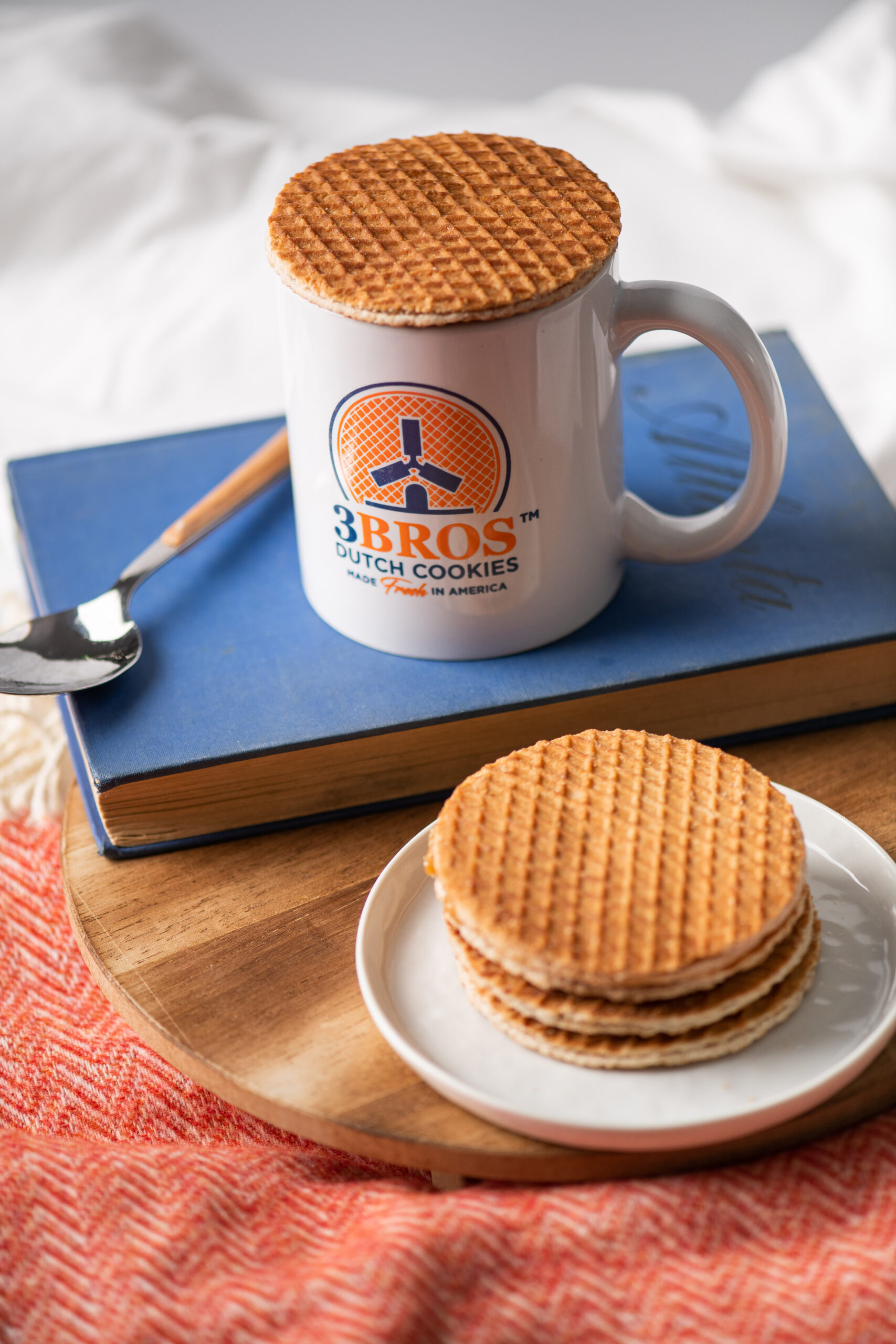Amsterdam and Its Canal Houses
Although many people know Venice, they often don’t know about the “Venice of the North”. It’s Amsterdam, a city made more beautiful by 62 miles of historic tree-lined canals accompanied by historic canal houses.
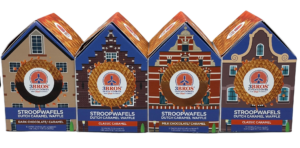
Along the earliest Dutch waterways, there are unique buildings that have become known the world over through paintings and photographs. These are simply called Canal Houses. However, that name doesn’t even begin to tell the story.
The new 3Bros Stroopwafel Canal House boxes are a tribute to this iconic style of Dutch architecture. Canal Houses were not only built-in Amsterdam but also in other Dutch cities such as Gouda, the birthplace of the stroopwafel. Our boxes highlight four distinctive gable styles: Wooden, Stepped, Bell, and Neck. Inside you’ll find our caramel stroopwafels, either the classic caramel, or dipped in Belgian milk chocolate, or dark chocolate
Stroopwafels, Windmills, Tulips, and Canal Houses
Canal houses are architectural jewels. They have been painted and photographed so often that they are as well known as windmills, tulips, wooden shoes, and stroopwafels.
UNESCO has named the unique Amsterdam “Canal Ring” of houses a World Heritage Site. The oldest buildings date back to the 16th Century. They were built on the major “new” canals that were dug to transport goods from all over the world by ship into the city of Amsterdam where they could be stored and traded across Europe.
Canal Houses are Unique and Wonderful
Extremely narrow, canal houses are independent multi-story buildings that are crowded together. The unusually thin architecture was developed to cope with the high cost of the prime real estate along the newly dug canals during the boom times of the 17th century, known in the Netherlands as the Golden Century. The boom was driven by Dutch traders roaming oceans worldwide from the Far East to the colony of New Netherland (present-day New York and New Jersey).
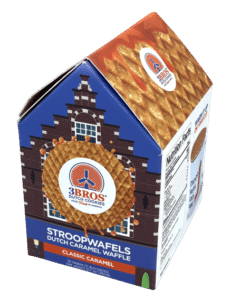
The city put a heavy tax on land along the waterways. The most affordable lot was about 18 square feet. The only way to go was up. The very thinnest of these homes were built in threes across two lots.
The initial houses became a learning exercise for the ones that would come just a few years later. For starters, the thin architecture resulted in very steep staircases that barely allowed a person to move up or down. This caused difficulty when moving furniture and home goods in or out.
Architects addressed this by adding larger windows to their designs. The big openings allowed large items to be passed into the building.
To handle that, a hoisting hook was put above the top windows. Merchants would use the hoisting hook to move goods from a barge on the water to their attic.
This led to architects including reinforcements in their next designs and making it easier to hoist goods up. This led to the bump-out that makes many canal houses seem to lean forward.
The odd look of these thin buildings is accentuated among the ones that lean on their neighbors to stay upright. The unluckiest structures are at the ends without a neighbor to prop up one side.
It really is remarkable that so many of the canal houses are still standing, although often crooked. Amsterdam’s soil consists of peat bogs which are wet, soft ground that will not support anything heavy. As a foundation, many long wooden poles were driven into the earth down to the sand bed below. The high water table protected the wooden poles from rot for centuries.
Flooding was common for hundreds of years before 20th Century engineering techniques got it under control. That’s why many of these houses have two front doors. The useful one is at street level. The second-story door once had stairs to the ground, but now adds another oddity to the look of some of these wonderful buildings.
Amsterdam Today
Times have changed. The canals are still there, but their transport function has been taken over by the modern deep seaports of Amsterdam and Rotterdam. Their heritage survives though and is home to vibrant city life and a favorite destination of tourists from around the world.
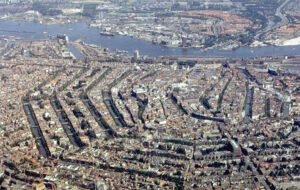
Now antiques, the canal houses are still used as homes, offices, shops, and inns. Every day a lucky tourist climbs one of the many steep staircases for the first time. Many more will drink in their beauty while walking, biking or riding the canal through the city.
Now that you know more, you can look for our canal house boxes and hold a little piece of Dutch history in your hand. You’ll enjoy the fresh taste of a stroopwafel. This Dutch treat is made in our US bakery and shipped straight to you.

